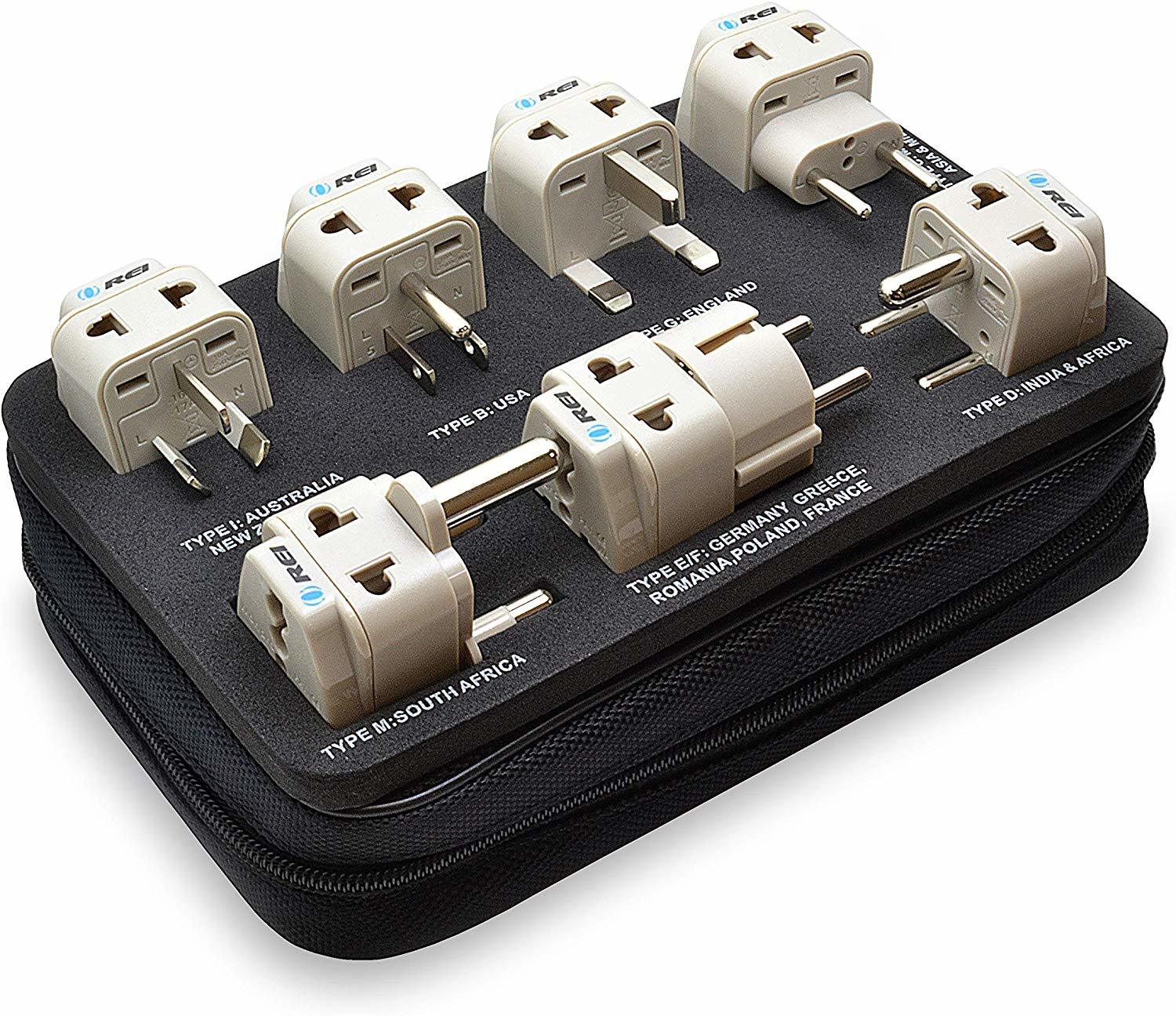

Articles
How To Use A Travel Adapter
Modified: January 21, 2024
Learn how to use a travel adapter with our informative articles. Discover tips and tricks for staying connected while traveling abroad.
(Many of the links in this article redirect to a specific reviewed product. Your purchase of these products through affiliate links helps to generate commission for Storables.com, at no extra cost. Learn more)
Introduction
Traveling to different countries is an incredible experience that allows us to explore new cultures, cuisines, and landscapes. However, when it comes to using our electronic devices, such as smartphones, laptops, or hairdryers, things can get a little complicated. The reason behind this is the variation in power sockets and voltage standards across different countries.
Enter the travel adapter—the savior of every gadget-dependent traveler. A travel adapter is a small device that allows you to connect your electronic devices to the local power outlets in a foreign country. It acts as a bridge between the socket in the country you are visiting and the plug of your device, ensuring a safe and convenient power connection.
In this comprehensive guide, we will dive into the world of travel adapters, exploring the different types available, understanding voltage compatibility, and providing step-by-step instructions on how to use them effectively during your travels.
Whether you are a seasoned traveler or planning your first international trip, learning how to use a travel adapter is essential. So, let’s get started!
Key Takeaways:
- Travel adapters are essential for international travel, bridging the gap between different socket types and ensuring safe power connections for electronic devices. Understanding voltage compatibility and following a step-by-step guide are crucial for a seamless experience.
- Researching socket types, carrying multiple adapters, and using surge protectors are key tips for hassle-free travel adapter use. Prioritizing safety, monitoring temperature, and conserving power contribute to a smooth and secure international travel experience.
Read more: Where To Buy Travel Power Adapter
Understanding Travel Adapters
Before we delve into the intricacies of using a travel adapter, it’s important to understand what exactly it is and why it is necessary for international travel.
A travel adapter is a compact device that allows you to plug in your electronic devices into power sockets in different countries. It acts as a connector, bridging the gap between the plug of your device and the local power outlet. By using a travel adapter, you can ensure that your device receives the correct power supply and avoid any damage caused by incompatible sockets or voltages.
Travel adapters come in various shapes and sizes to accommodate the different socket types found around the world. The most common types of travel adapters are the Type A, Type B, Type C, and Type G. Each type is designed for specific regions or countries, so it’s important to choose the right adapter for your destination.
It’s essential to note that a travel adapter does not convert voltage. While it allows you to physically connect your device to a foreign power outlet, it doesn’t change the voltage requirements of your device. This is where voltage compatibility comes into play.
Understanding the voltage compatibility of your devices is crucial to prevent any damage or malfunction while using a travel adapter. Different countries have different voltage standards, with most using either 110-120 volts or 220-240 volts. If your device is only compatible with one voltage standard, you may need to use a voltage converter in addition to a travel adapter to ensure safe and proper operation.
Now that we have a basic understanding of travel adapters and their purpose, let’s move on to exploring the different types of travel adapters you may encounter during your travels.
Types of Travel Adapters
When it comes to travel adapters, there are several different types available, each designed to fit specific socket types found in different regions of the world. Understanding the types of travel adapters will help you choose the right one for your destination. Here are some of the most common types you may encounter:
- Type A: This type of travel adapter is mainly used in North and Central America, Japan, and some parts of South America and Asia. It features two flat parallel pins and operates at a voltage of 110-120 volts.
- Type B: Commonly found in the United States, Canada, Mexico, and other countries, the Type B adapter has two flat parallel pins and a grounding pin. It also operates at a voltage of 110-120 volts.
- Type C: This adapter is commonly used in most European countries, as well as parts of Asia and Africa. It features two round pins and operates at a voltage of 220-240 volts.
- Type G: Used in the United Kingdom, Ireland, and some countries in Africa, the Type G adapter has three rectangular pins and operates at a voltage of 220-240 volts.
These are just a few examples of the various types of travel adapters available. Depending on your travel destination, you may come across other adapter types specific to certain regions. It’s important to research the socket type used in the country you are visiting and purchase the appropriate travel adapter beforehand.
While it’s always advisable to carry a universal travel adapter that can accommodate multiple socket types, it’s also a good idea to have a specific adapter for the region you are traveling to. This ensures a secure and reliable connection without any loose fittings or compatibility issues.
Now that we have covered the types of travel adapters, let’s move on to the next important aspect of using a travel adapter: voltage compatibility.
Checking Voltage Compatibility
When using a travel adapter, it’s crucial to ensure that your electronic devices are compatible with the voltage provided by the power outlets in the country you are visiting. Failure to consider voltage compatibility can result in damaged devices or even pose a safety risk.
Before plugging in your device, there are a few steps you can take to check its voltage compatibility:
- Read the device’s specification: Most electronic devices, such as smartphones, laptops, and cameras, indicate their voltage compatibility on their label or in the user manual. Look for information such as “Input: 110-240V” or “Input: 220-240V.” This means that the device can operate within a range of voltages, making it compatible with various power outlets around the world.
- Check the charger or power adapter: If the device’s specification isn’t clear, examine the charger or power adapter that came with it. Often, the charger will indicate the input voltage it can handle. If it states a range that includes the voltage of your travel destination, then your device is compatible.
- Consider using a voltage converter: If your device is only compatible with a specific voltage that differs from the standard in the country you are visiting, you may need to use a voltage converter. A voltage converter can transform the power supply to match the requirements of your device. However, keep in mind that not all devices can be used with a voltage converter, so it’s essential to check the manufacturer’s guidelines before using one.
It’s important to note that many modern devices, such as smartphones, tablets, and laptops, are designed to be compatible with a wide range of voltage standards. This is due to the increasing prevalence of global travel and the need for universal charging capabilities. However, it’s always best to double-check the voltage compatibility of your specific device to ensure a safe and hassle-free experience.
Now that you know how to check voltage compatibility, let’s move on to the step-by-step guide for using a travel adapter.
When using a travel adapter, make sure to check the voltage of the country you are visiting and ensure that your electronic devices are compatible with that voltage to avoid damage.
Step-by-Step Guide to Using a Travel Adapter
Using a travel adapter is a simple process, but it’s important to follow the right steps to ensure a safe and effective connection. Here’s a step-by-step guide to using a travel adapter:
- Research the socket type: Before starting your journey, research the socket type used in the country you are visiting. This will help you determine the specific travel adapter you need to purchase.
- Purchase the right travel adapter: Once you know the socket type, buy a suitable travel adapter for your destination. Consider whether you need a specific adapter or a universal one that can accommodate multiple socket types.
- Check voltage compatibility: Confirm that your electronic devices are compatible with the voltage provided by the power outlets in the country you are visiting. Refer to the device’s specifications or consult the manufacturer if necessary.
- Make sure the device is turned off: Before connecting your device to the travel adapter, ensure that it is turned off. This helps prevent any electrical shocks or damage during the connection process.
- Attach the travel adapter to the device’s plug: Take the travel adapter and securely attach it to the plug of your electronic device. Ensure that it fits snugly and there are no loose connections.
- Plug the travel adapter into the power outlet: Find a suitable power outlet in the country you are visiting and insert the travel adapter into it. Push it in firmly to establish a secure connection.
- Turn on the device: Once the device is securely connected to the travel adapter and plugged into the power outlet, you can safely turn it on. Ensure that it is functioning properly and receiving power.
- Monitor the device: Keep an eye on your device while it is connected to the travel adapter. If you notice any unusual behavior or overheating, immediately disconnect the adapter and seek professional assistance if needed.
- Unplug the travel adapter when not in use: When you’re done using your electronic device, unplug the travel adapter from the power outlet. Store it safely in your travel bag for future use.
By following these steps, you can easily and safely use a travel adapter to power your electronic devices while traveling abroad. Remember to always prioritize safety and ensure that your devices and adapters are compatible with the local voltage and power standards.
Now that you know how to use a travel adapter, let’s move on to some important tips to keep in mind when using one.
Read more: How To Use Grounding Adapter
Important Tips for Using a Travel Adapter
Using a travel adapter is essential for powering your electronic devices during international travel. To make your experience seamless and hassle-free, it’s important to keep the following tips in mind:
- Research the electrical standards: Apart from understanding the socket types, familiarize yourself with the voltage and frequency standards of the country you are visiting. This will help you determine if you need a voltage converter in addition to a travel adapter.
- Carry multiple adapters: If you plan to visit multiple countries with different socket types, it’s wise to carry multiple travel adapters or invest in a universal adapter that can accommodate various plugs. This way, you’ll be prepared for any situation.
- Consider a power strip: If you have multiple devices to charge or plug in, consider bringing a power strip with you. This allows you to use a single travel adapter while providing multiple outlets for your devices.
- Label your adapters: To avoid confusion and ensure you don’t misplace your travel adapters, label them with the names of the countries they correspond to. This will help you stay organized and easily identify the right adapter for each destination.
- Use surge protectors: To protect your delicate electronic devices from power surges or voltage fluctuations, consider using a surge protector in conjunction with your travel adapter. This will safeguard your devices from potential damage.
- Check the plug fit: Before plugging in your travel adapter, ensure that it securely fits into the power outlet. Loose connections can lead to unstable power supply and potential damage to your devices.
- Monitor temperature: While using a travel adapter, keep an eye on the temperature of both the adapter and your device. If they become excessively hot, it may indicate a faulty connection or an issue with voltage compatibility. In such cases, it’s best to disconnect the adapter and seek professional help if necessary.
- Keep adapters dry: Make sure to keep your travel adapters in a dry and safe place. Moisture or exposure to liquids can pose a risk of electrical shocks and damage the adapter.
- Be mindful of power consumption: Remember that different countries have varying electricity rates. Be mindful of your energy usage and try to conserve power to respect local regulations and minimize your carbon footprint.
By adhering to these tips, you can ensure a smooth and secure experience when using a travel adapter during your international travels. Remember to prioritize safety, check compatibility, and exercise caution while using electronic devices abroad.
Now that you have a comprehensive understanding of travel adapters and how to use them effectively, you can confidently navigate the power supply challenges on your next adventure.
Safe travels!
Conclusion
Travel adapters are the unsung heroes of international travel, allowing us to stay connected and powered up wherever we go. By understanding the different types of travel adapters, checking voltage compatibility, and following a step-by-step guide, you can ensure a seamless power connection for your electronic devices while abroad.
Remember to research the socket types and voltage standards of your destination country before purchasing the appropriate travel adapter. Consider carrying multiple adapters or investing in a universal one to cover all your travel needs. Labeling your adapters and using surge protectors can help you stay organized and protect your devices from power fluctuations.
While using a travel adapter, always prioritize safety and monitor the temperature of your devices to avoid any potential risks. Adhere to local regulations and be mindful of power consumption, respecting the local electricity rates and minimizing your environmental impact.
With these tips and guidelines in mind, you can confidently navigate the complexities of power sockets and voltage standards during your international adventures.
So pack your bags, charge up your devices, and embark on your next journey with the assurance that your travel adapter will keep you connected, charged, and ready for anything that comes your way.
Happy travels!
Frequently Asked Questions about How To Use A Travel Adapter
Was this page helpful?
At Storables.com, we guarantee accurate and reliable information. Our content, validated by Expert Board Contributors, is crafted following stringent Editorial Policies. We're committed to providing you with well-researched, expert-backed insights for all your informational needs.
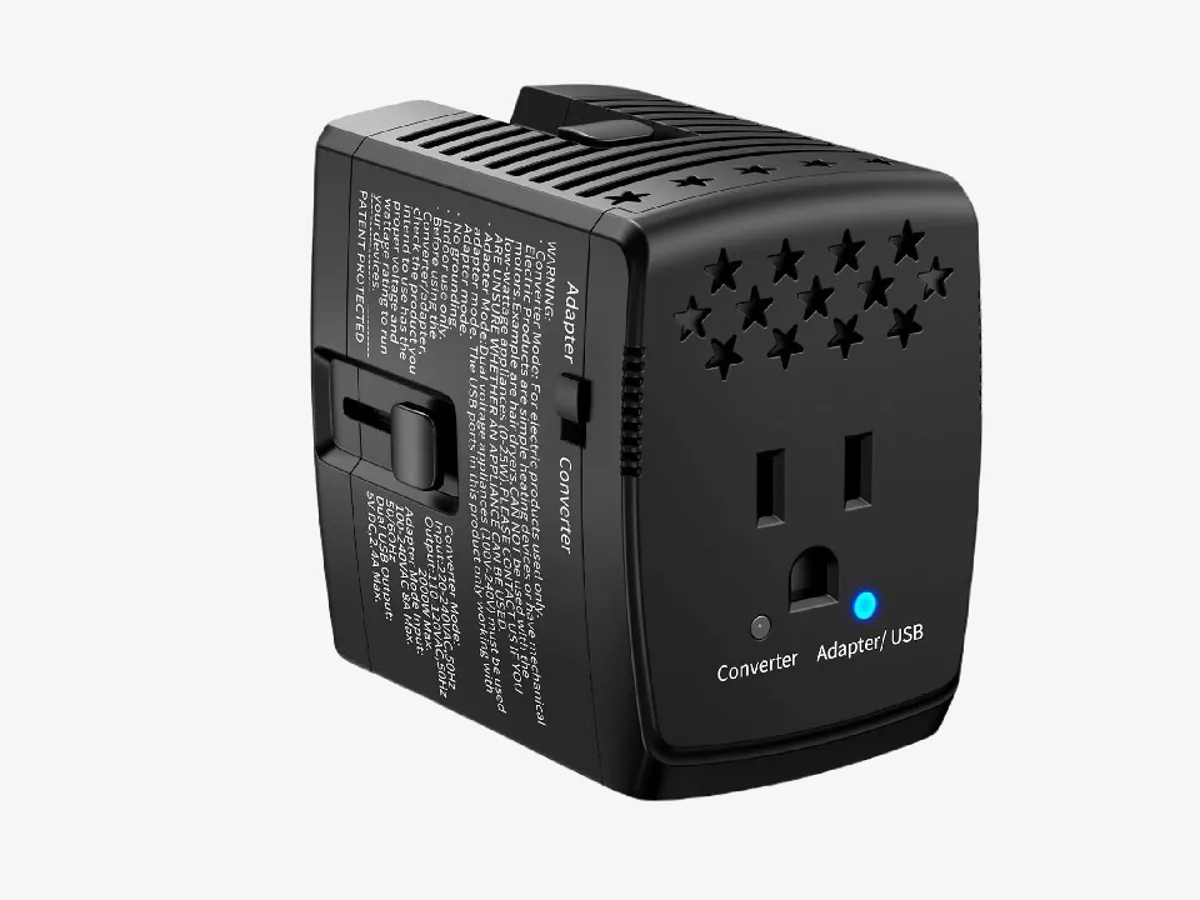


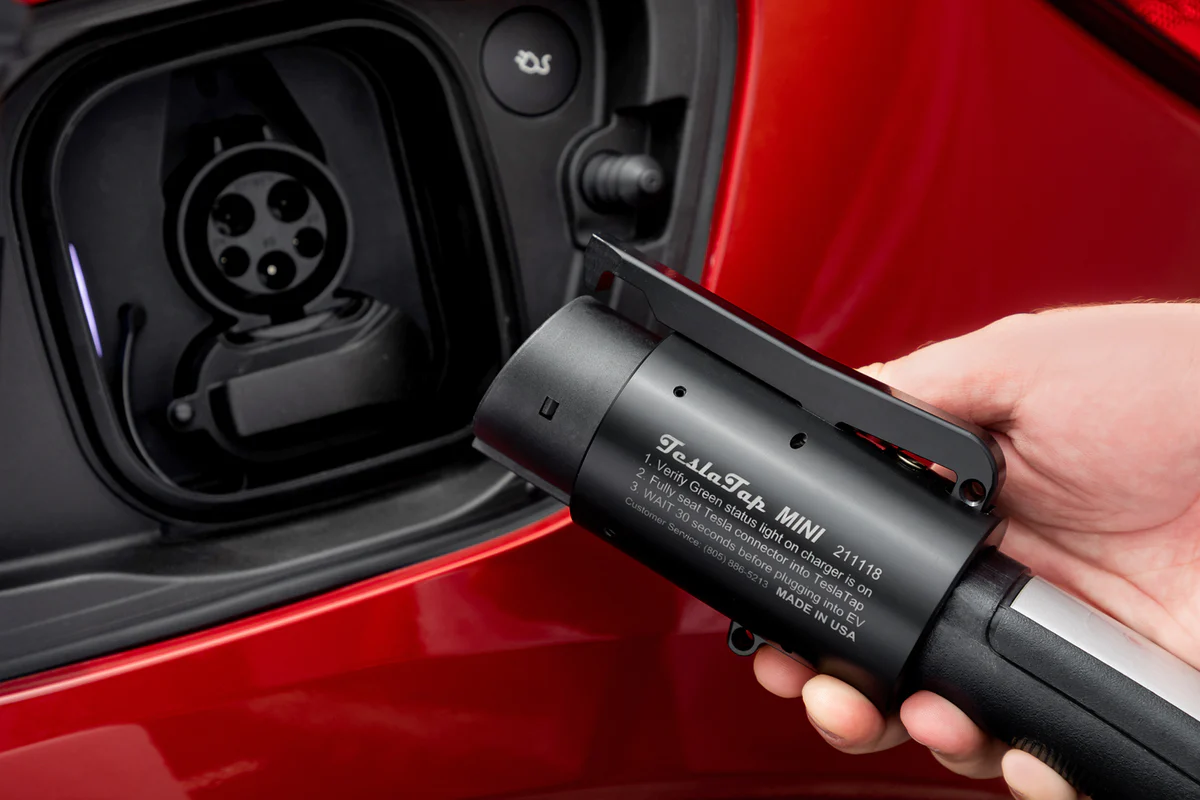
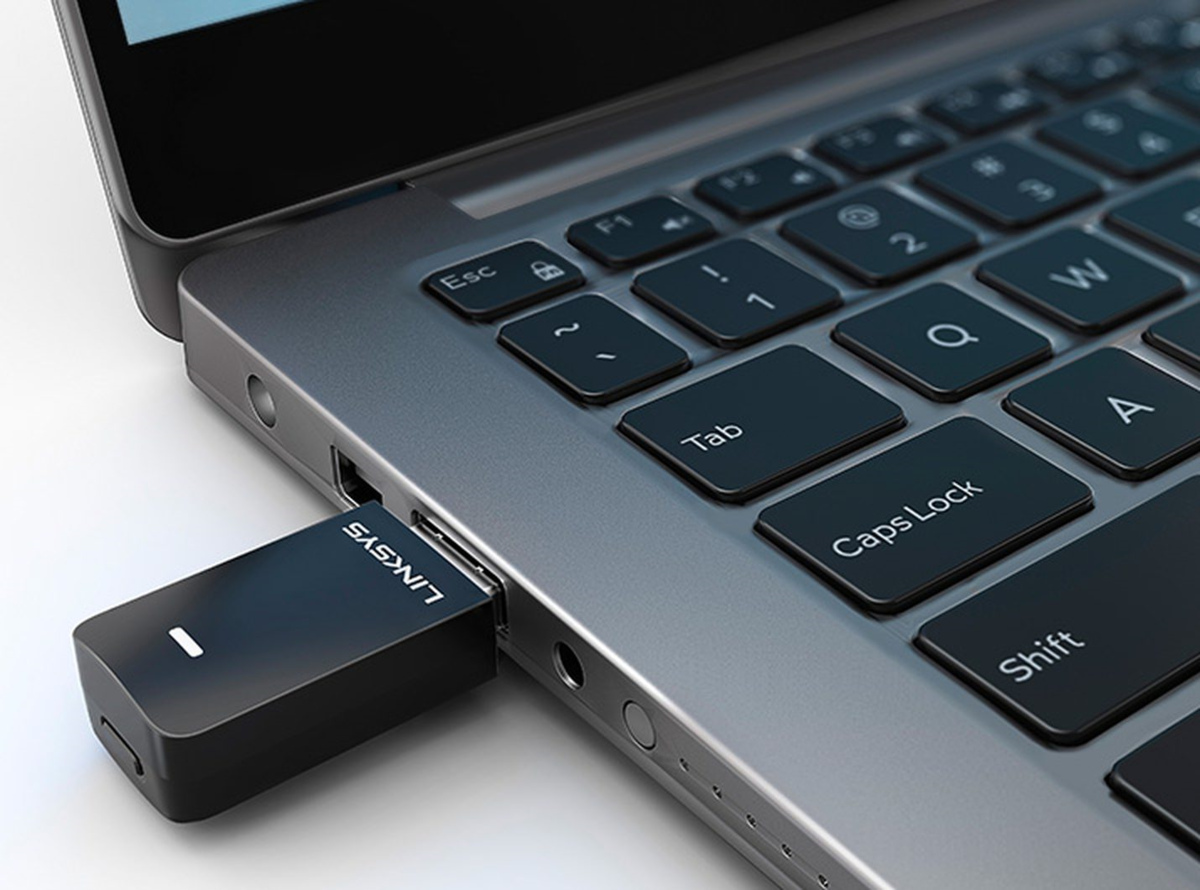
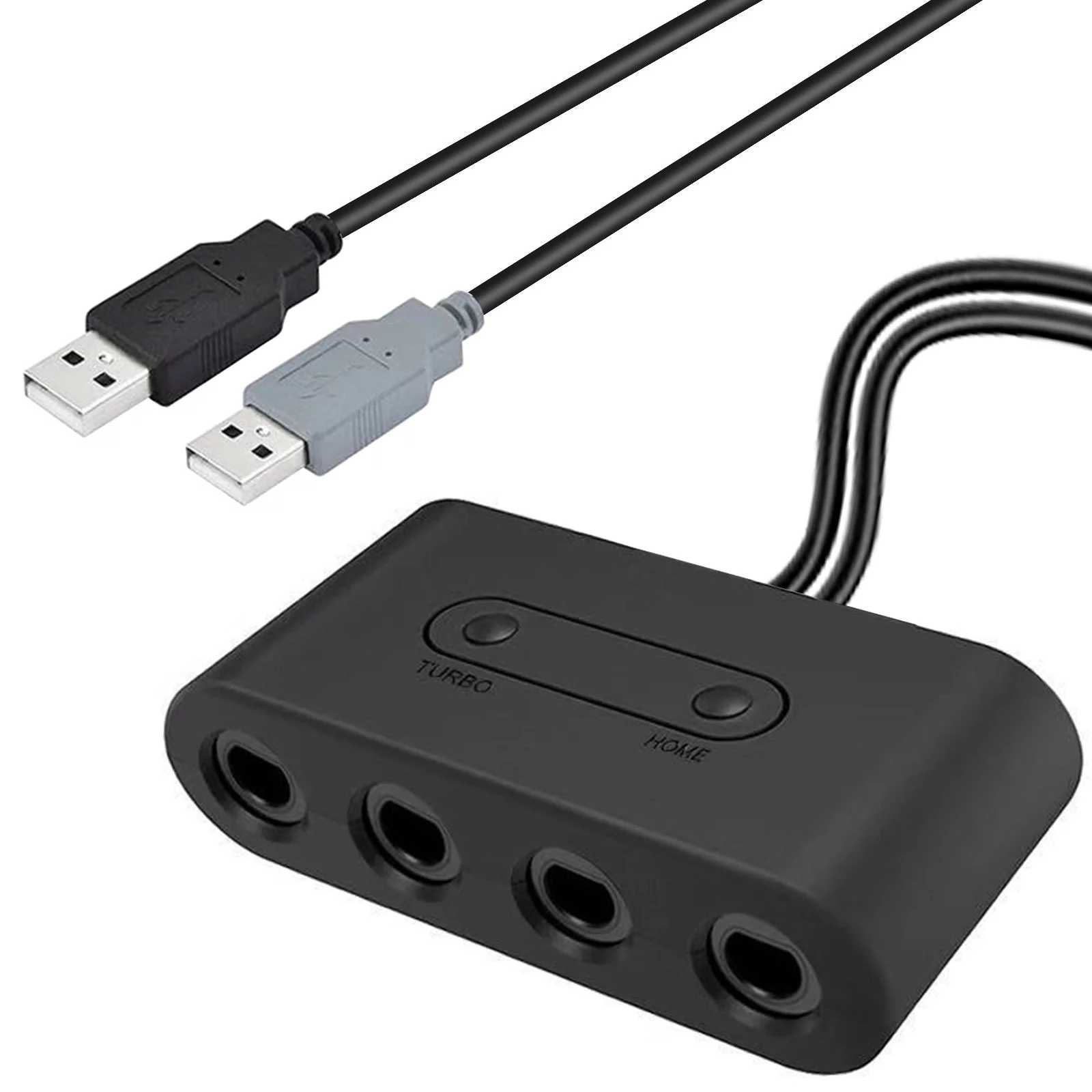
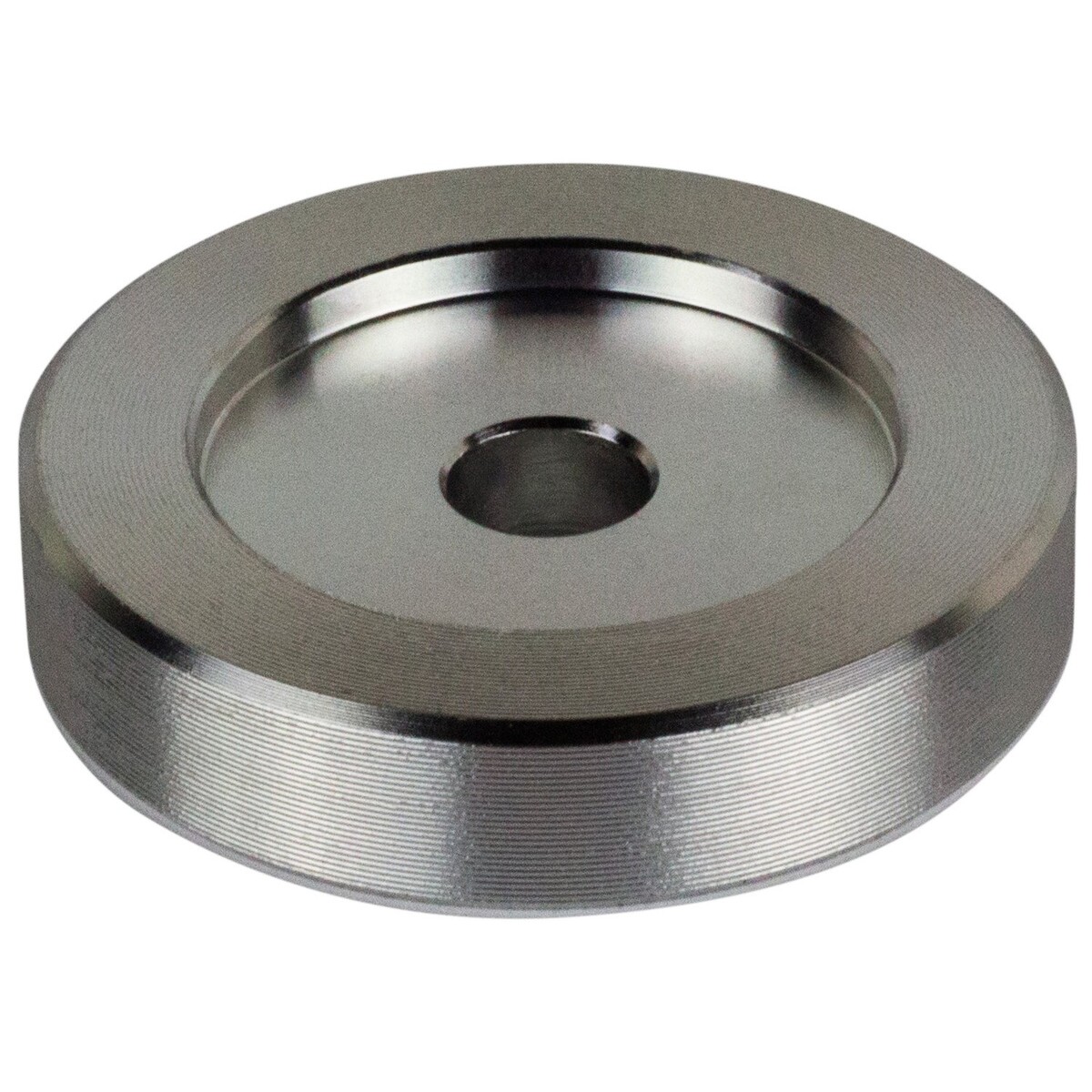
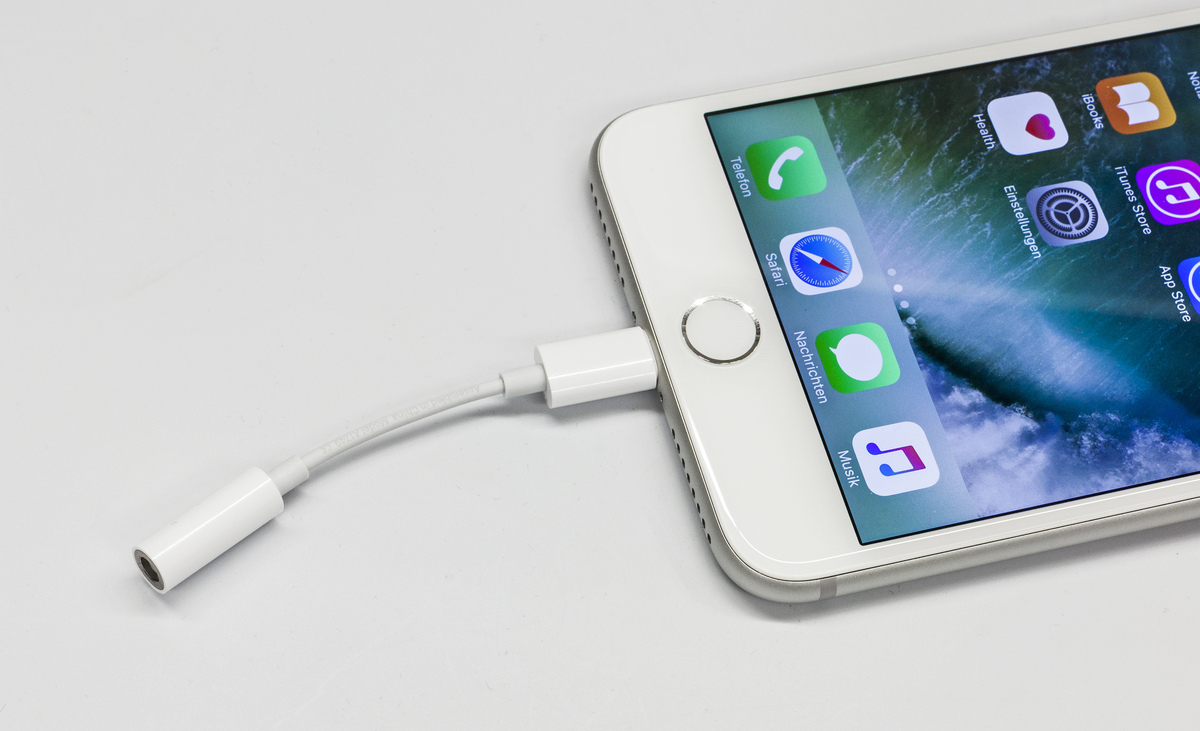
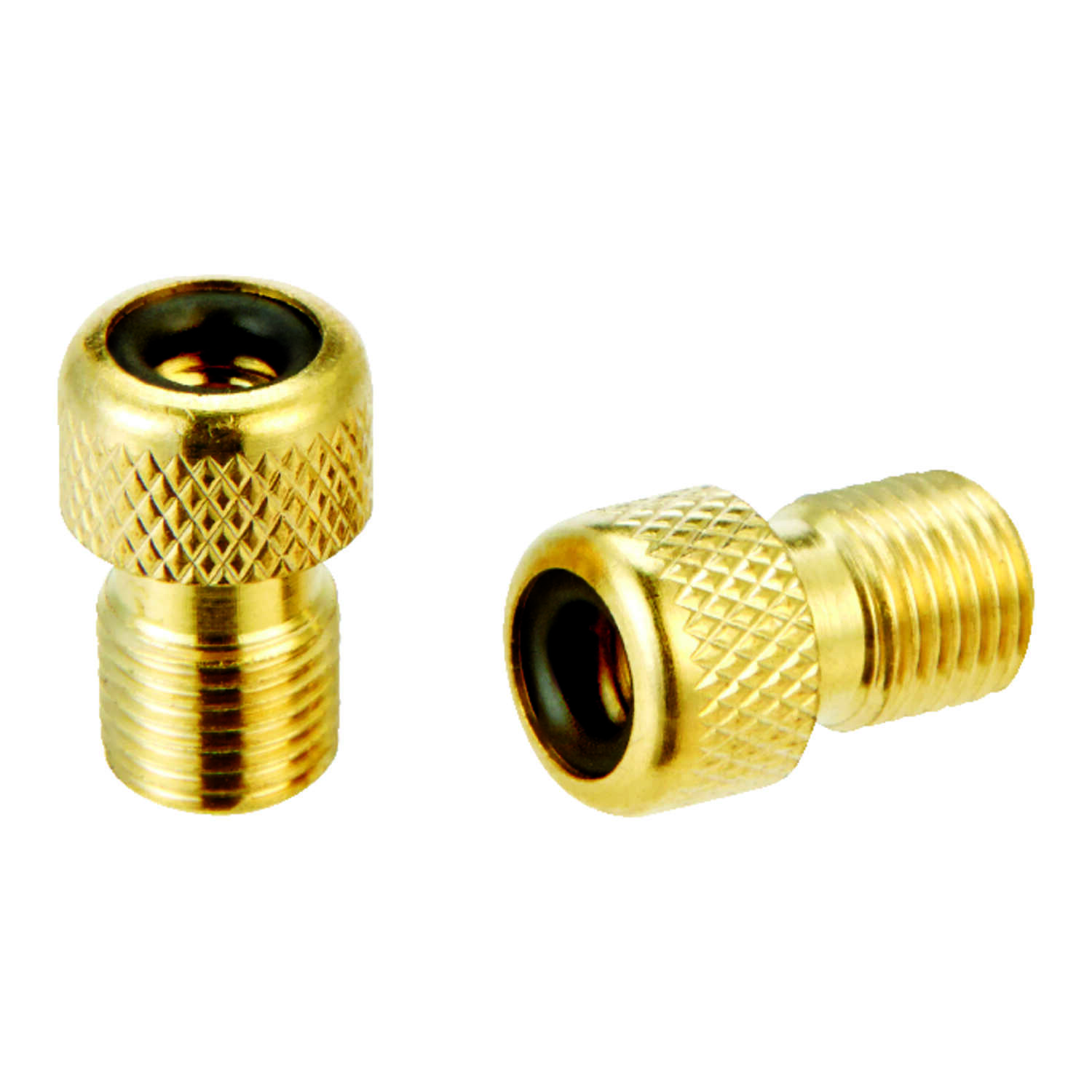
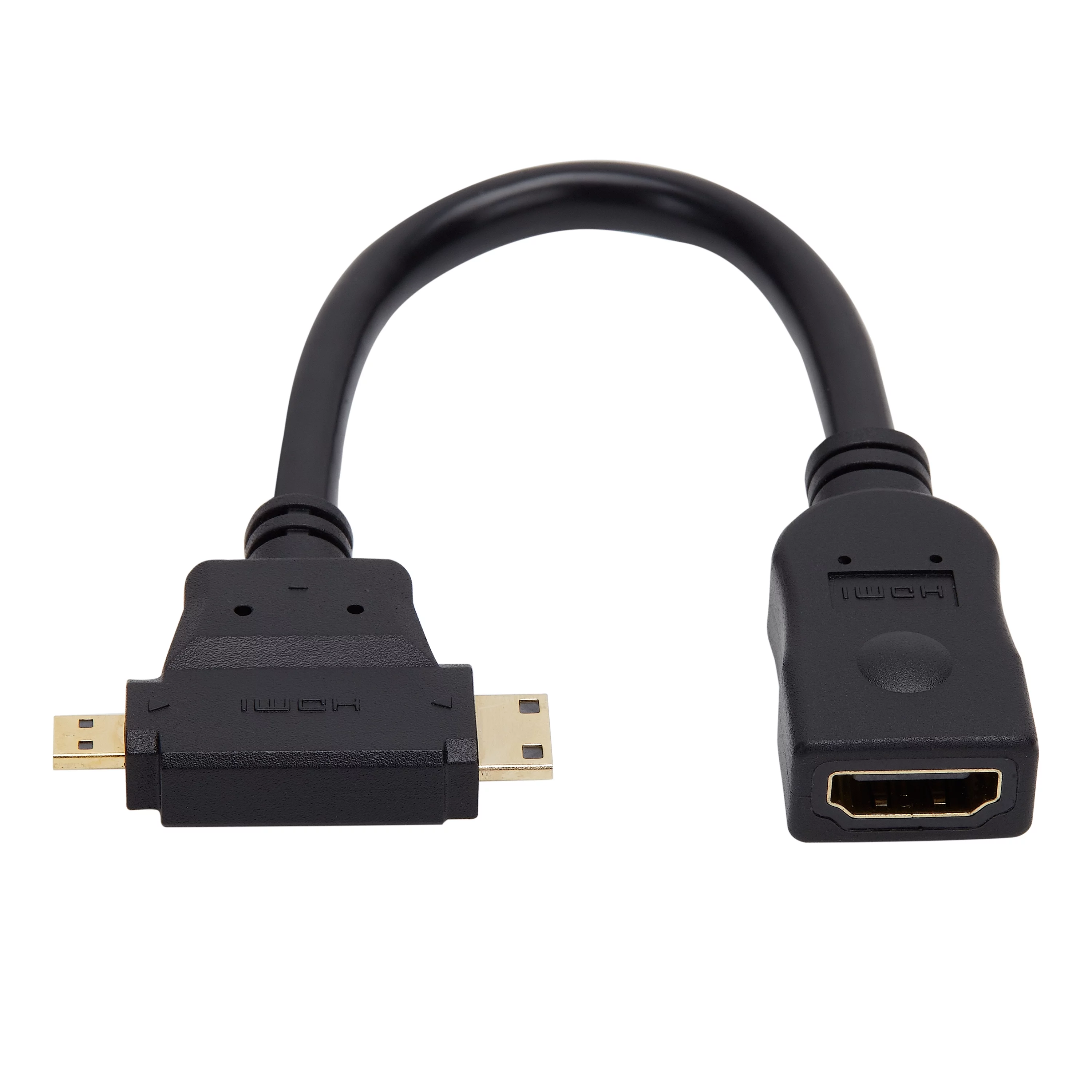
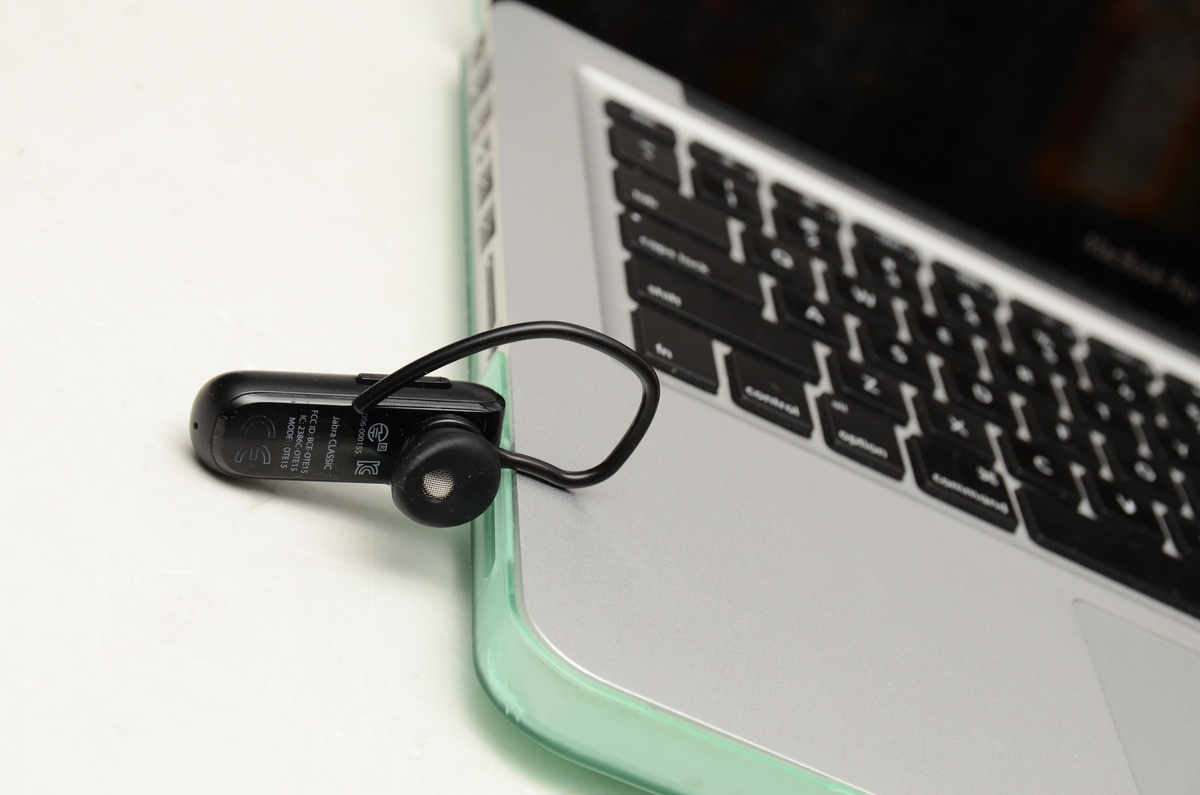

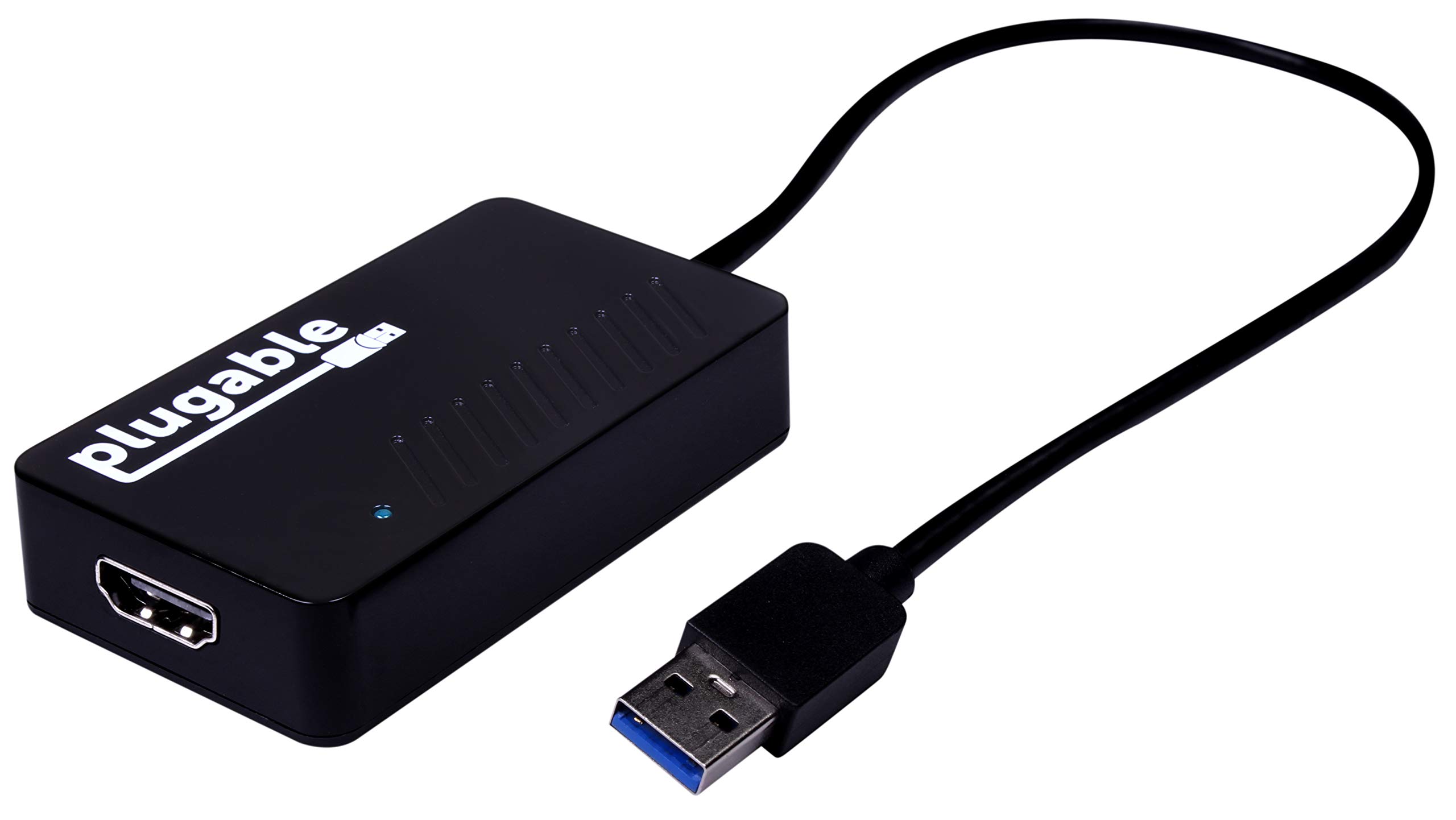
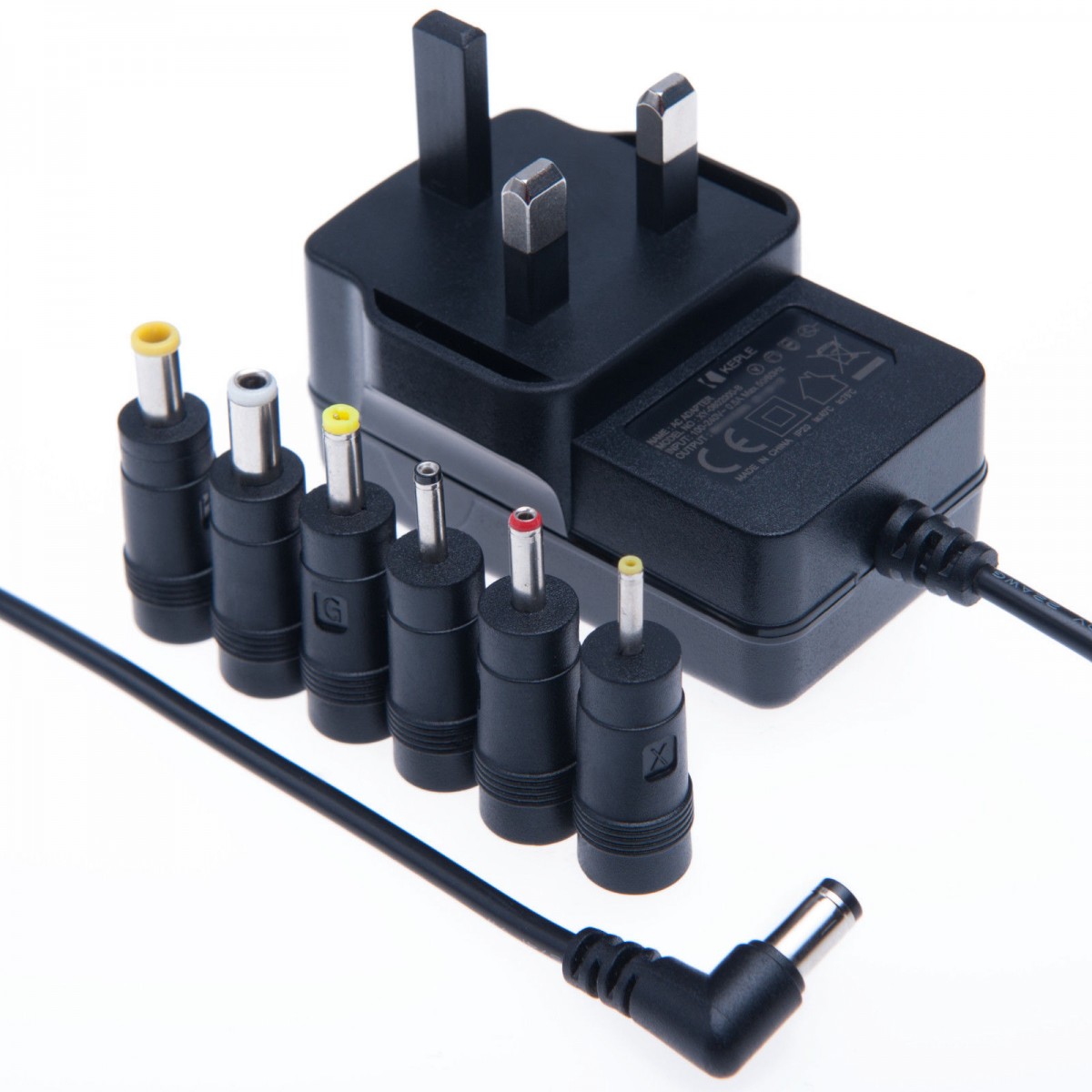

0 thoughts on “How To Use A Travel Adapter”